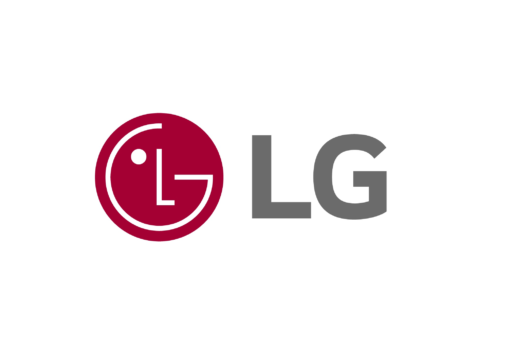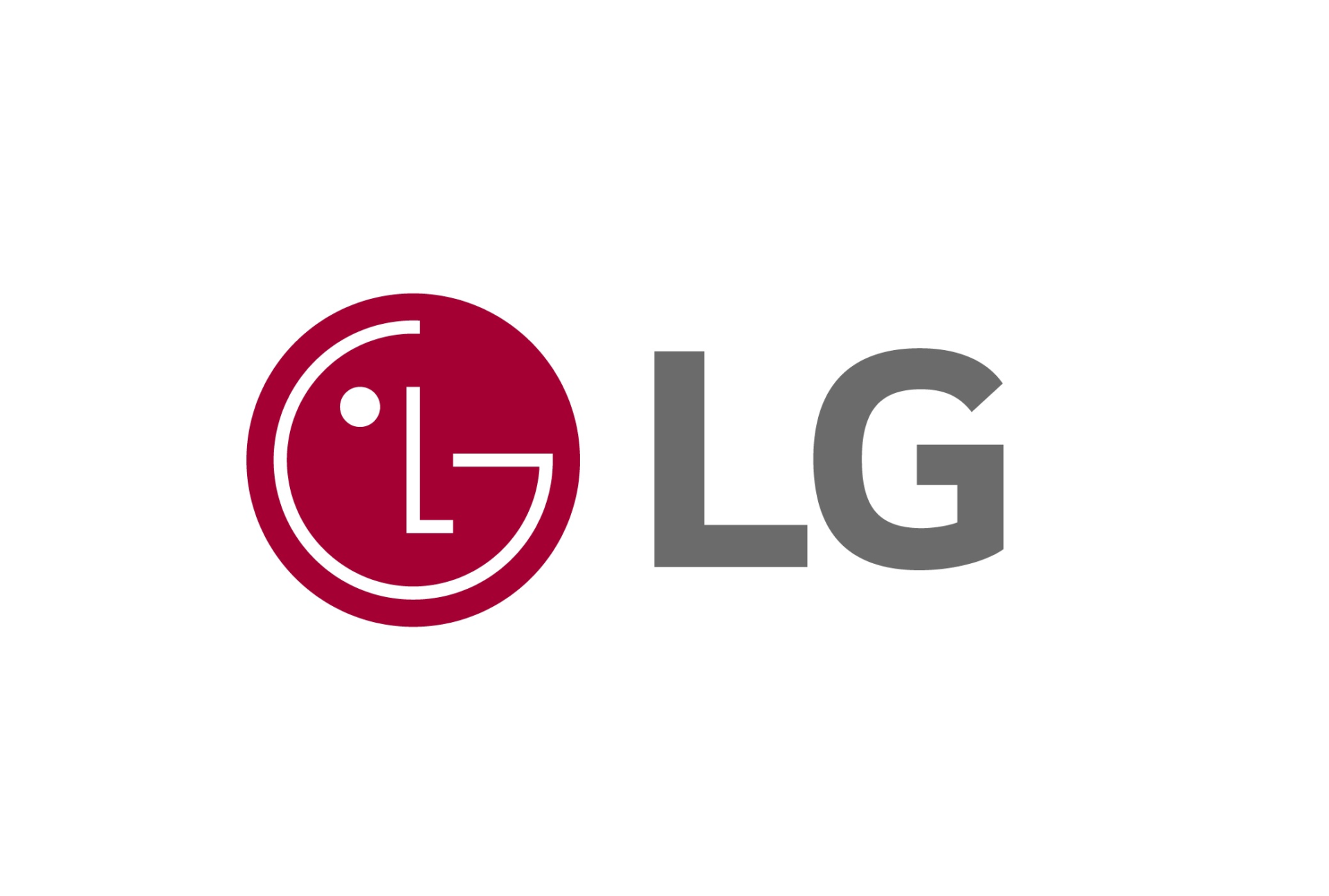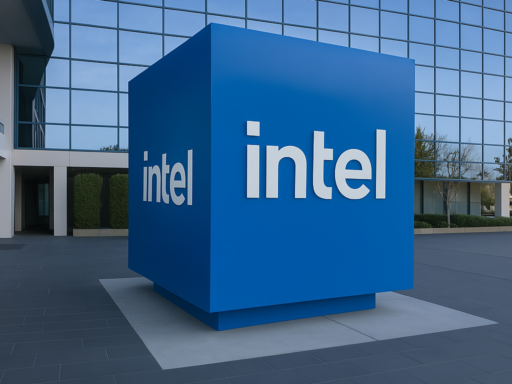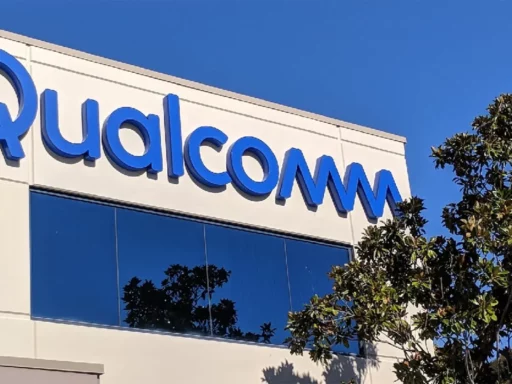LG Electronics, a South Korean multinational conglomerate, is a major player in the global electronics, chemicals, and telecommunications industries. Known for its innovation in home appliances, consumer electronics, and smart technologies, LG has built a strong reputation for creating products that improve the quality of life for consumers. Alongside its business success, LG has increasingly prioritized sustainability, focusing on reducing its environmental impact while advancing green technologies and energy-efficient solutions.
In recent years, LG has placed sustainability at the core of its strategy, aiming to reduce greenhouse gas emissions, minimize waste, and promote energy-efficient products. As of 2024, LG is continuously making strides toward achieving its sustainability goals, including carbon neutrality by 2050, driving eco-friendly product design, and investing in renewable energy solutions. With a commitment to both innovation and environmental responsibility, LG is working to create a sustainable future through its cutting-edge products and corporate initiatives.
- LG has committed to achieving carbon neutrality by 2050, with a focus on reducing Scope 1, 2, and 3 emissions.
- The company has reduced its CO2 emissions by 25% since 2017, through energy-efficient manufacturing and renewable energy adoption.
- LG is aiming for 100% of its global operations to run on renewable energy by 2030.
Source: https://www.lg.com/global/sustainability
Sustainability Strategy and Goals
LG’s sustainability strategy is built around the company’s vision of reducing its environmental impact while driving innovation. The company focuses on several key pillars: energy efficiency, carbon emissions reduction, sustainable product design, and renewable energy adoption. LG is working to minimize the environmental impact of its products and manufacturing processes by promoting energy-efficient technologies and optimizing resource use.
A key part of LG’s sustainability strategy is its commitment to carbon neutrality by 2050, which includes significant efforts to reduce greenhouse gas emissions, increase energy efficiency, and expand renewable energy use across its global operations. LG has set intermediate goals, such as reducing Scope 1 and 2 emissions (direct emissions and those from energy purchased by the company) by 50% by 2030. The company also targets zero waste to landfill across its global operations by 2030.
In terms of product development, LG is focused on designing energy-efficient appliances and electronics, such as its energy-saving OLED TVs, energy-efficient refrigerators, and smart home products. These innovations help reduce consumers’ energy consumption and contribute to global energy efficiency.
- LG has committed to achieving carbon neutrality by 2050, with a focus on reducing its carbon emissions across its supply chain and operations.
- The company has set a target to reduce its Scope 1 and 2 emissions by 50% by 2030.
- LG aims to reduce waste to landfills by 100% and improve recycling rates in its operations by 2030.
Source: https://www.lg.com/global/sustainability
Key Sustainability Innovations and Technologies
LG has been a leader in integrating sustainability into its products and technologies. The company’s innovations focus on energy efficiency, resource conservation, and reducing environmental impact. One of the standout innovations is LG’s OLED technology, which not only provides exceptional picture quality but is also designed to be energy-efficient. The OLED TVs use less power than traditional LED-backlit LCD TVs and have a longer lifespan, reducing energy consumption and e-waste.
Another key innovation is LG’s energy-efficient home appliances, such as refrigerators, washing machines, and air conditioners. These products are equipped with advanced inverter technologies, which adjust the speed of the motor to minimize energy consumption and reduce emissions. LG’s smart home solutions also include energy-efficient products like smart thermostats, lighting, and IoT-connected devices that help consumers monitor and reduce their household energy consumption.
LG is also focused on creating products using sustainable materials and reducing plastic waste in its packaging. The company uses post-consumer recycled plastic in the production of certain products, including its washing machines and refrigerators, contributing to the circular economy and reducing the need for virgin plastic.
- LG’s OLED TVs consume 30-40% less power than traditional LED-backlit LCD TVs, contributing to energy savings for consumers.
- The company’s inverter technology in home appliances reduces energy consumption by up to 50%, especially in products like air conditioners and refrigerators.
- LG has committed to using more than 50% recycled materials in its packaging for select products by 2025.
Source: https://www.lg.com/global/sustainability
Measurable Impacts
LG’s sustainability initiatives have led to measurable reductions in energy consumption, waste, and carbon emissions. The company has made significant progress in reducing its greenhouse gas emissions, achieving a 25% reduction in CO2 emissions since 2017. This reduction has been driven by energy-efficient manufacturing processes, the adoption of renewable energy, and improvements in logistics and transportation.
The company has also focused on improving the sustainability of its product offerings, with energy-efficient appliances and OLED TVs leading the charge. LG’s green product design initiatives have helped the company achieve a significant reduction in the environmental footprint of its products. The adoption of renewable energy in its manufacturing facilities has also contributed to a significant decrease in carbon emissions.
In terms of waste reduction, LG has made considerable progress in diverting waste from landfills. As of 2023, the company has achieved a 90% waste diversion rate in its global manufacturing operations, reducing landfill contributions and recycling materials more effectively.
- LG has reduced CO2 emissions by 25% since 2017, through energy-efficient practices and renewable energy use.
- The company has achieved a 90% waste diversion rate across its manufacturing operations, helping to reduce landfill waste.
- Energy-efficient products, such as OLED TVs and smart appliances, have helped reduce consumer energy consumption by 20-30%.
Source: https://www.lg.com/global/sustainability
Challenges and Areas for Improvement
Despite its progress, LG faces several challenges as it continues to work toward its sustainability goals. One of the key challenges is reducing the environmental impact of battery production for its electric vehicles and other products. While LG is committed to sustainable battery production and recycling, the materials required for battery manufacturing, such as lithium and cobalt, still pose challenges in terms of sourcing responsibly and minimizing their environmental impact.
Another challenge for LG is ensuring that its supply chain partners adhere to its sustainability standards. With an extensive global supply chain, the company must manage its suppliers’ environmental impact, especially when it comes to carbon emissions, waste management, and resource efficiency.
Additionally, although LG has made significant strides in renewable energy adoption, scaling renewable energy use across its global operations in regions with limited access to clean energy infrastructure remains a challenge.
- LG is working to improve battery recycling and sourcing materials responsibly to minimize the environmental impact of battery production.
- The company aims to engage 100% of its supply chain partners to meet its sustainability standards by 2030.
- LG is working to expand its renewable energy use in emerging markets where access to clean energy is limited.
Source: https://www.lg.com/global/sustainability
Future Plans and Long-Term Goals
Looking ahead, LG is focused on achieving carbon neutrality by 2050 and continuing its progress in reducing energy consumption and waste. The company plans to increase renewable energy use in its manufacturing facilities globally, aiming for 100% renewable energy by 2030. LG is also committed to improving the sustainability of its product design, with a focus on using more sustainable materials, reducing energy consumption, and increasing the recyclability of its products.
LG is also investing in sustainable innovation by advancing the development of next-generation technologies, such as energy-efficient smart grids and green energy solutions for consumers. The company’s eco-friendly appliances and green packaging initiatives will continue to play a significant role in reducing its environmental footprint.
- LG plans to achieve carbon neutrality by 2050 and reduce its Scope 1, 2, and 3 emissions by 50% by 2030.
- The company aims to ensure that 100% of its packaging is recyclable and made from sustainable materials by 2025.
- LG is investing in next-generation energy-efficient technologies, including smart home solutions and clean energy innovations.
Source: https://www.lg.com/global/sustainability
Comparisons to Industry Competitors
LG’s sustainability efforts are competitive with other leading technology companies, such as Samsung, Sony, and Panasonic, all of which have made significant strides in reducing their environmental impact. While Samsung focuses heavily on renewable energy and energy-efficient products, LG stands out with its comprehensive focus on energy-efficient appliances, sustainable product design, and green packaging.
Key Competitors:
- Samsung: Samsung has committed to carbon neutrality by 2050 and is focusing on energy-efficient products and recycling. The company has also pledged to use 100% renewable energy across its global operations by 2025. Source: https://www.samsung.com/us/sustainability/
- Sony: Sony has committed to achieving carbon neutrality by 2050, with a focus on sustainable product design and energy-efficient technologies. Source: https://www.sony.net/SonyInfo/csr_report/
- Panasonic: Panasonic is focusing on sustainable energy solutions and carbon neutrality by 2050, with a strong emphasis on green innovation and recycling. Source: https://www.panasonic.com/global/corporate/sustainability.html
- Samsung plans to be carbon neutral by 2050, with a focus on renewable energy and e-waste recycling.
- Sony is aiming for carbon neutrality by 2050 and is focusing on green product design and renewable energy.
- Panasonic plans to achieve carbon neutrality by 2050, with a focus on smart energy solutions and sustainable manufacturing.
Source: https://www.samsung.com/us/sustainability/, https://www.sony.net/SonyInfo/csr_report/, https://www.panasonic.com/global/corporate/sustainability.html
Our Thoughts
LG has made remarkable progress in its sustainability journey, from its energy-efficient products to its comprehensive goals for carbon neutrality. The company’s commitment to using renewable energy, improving sustainable product design, and waste reduction is setting a strong foundation for the future. However, challenges remain in areas such as battery recycling and supply chain emissions, which will require continued innovation and partnerships to address.
As LG moves toward its goal of carbon neutrality by 2050, its focus on green technology and sustainable practices will continue to drive positive change in the tech industry. With ongoing improvements in product efficiency, packaging sustainability, and energy usage, LG is well on its way to becoming a global leader in environmental responsibility.






